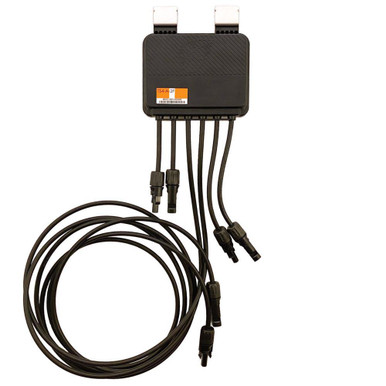I’m in the process of building a new house, doing everything myself except the framing. Got the concrete basement walls up and need to start thinking about how I’m going to set up the electrical panel.
Constraints:
1. Will need at least a 300A Panel for an electric tankless water heater.
2. Want the house to be backed up by the 18K except for two (big) loads. Those are (1) the tankless water heater and (2) the EV charger (both these loads will be in the garage close to the panel).
I’m considering a 300A or 400A panel with a 200A sub panel that runs the house and is backed up by the 18k. Or two independent panels, one of which is 300A and is not backed up, both these options seem cludgy, I suspect there’s a better config but not sure what it is.
The solar array will be ~14kW.
Constraints:
1. Will need at least a 300A Panel for an electric tankless water heater.
2. Want the house to be backed up by the 18K except for two (big) loads. Those are (1) the tankless water heater and (2) the EV charger (both these loads will be in the garage close to the panel).
I’m considering a 300A or 400A panel with a 200A sub panel that runs the house and is backed up by the 18k. Or two independent panels, one of which is 300A and is not backed up, both these options seem cludgy, I suspect there’s a better config but not sure what it is.
The solar array will be ~14kW.





